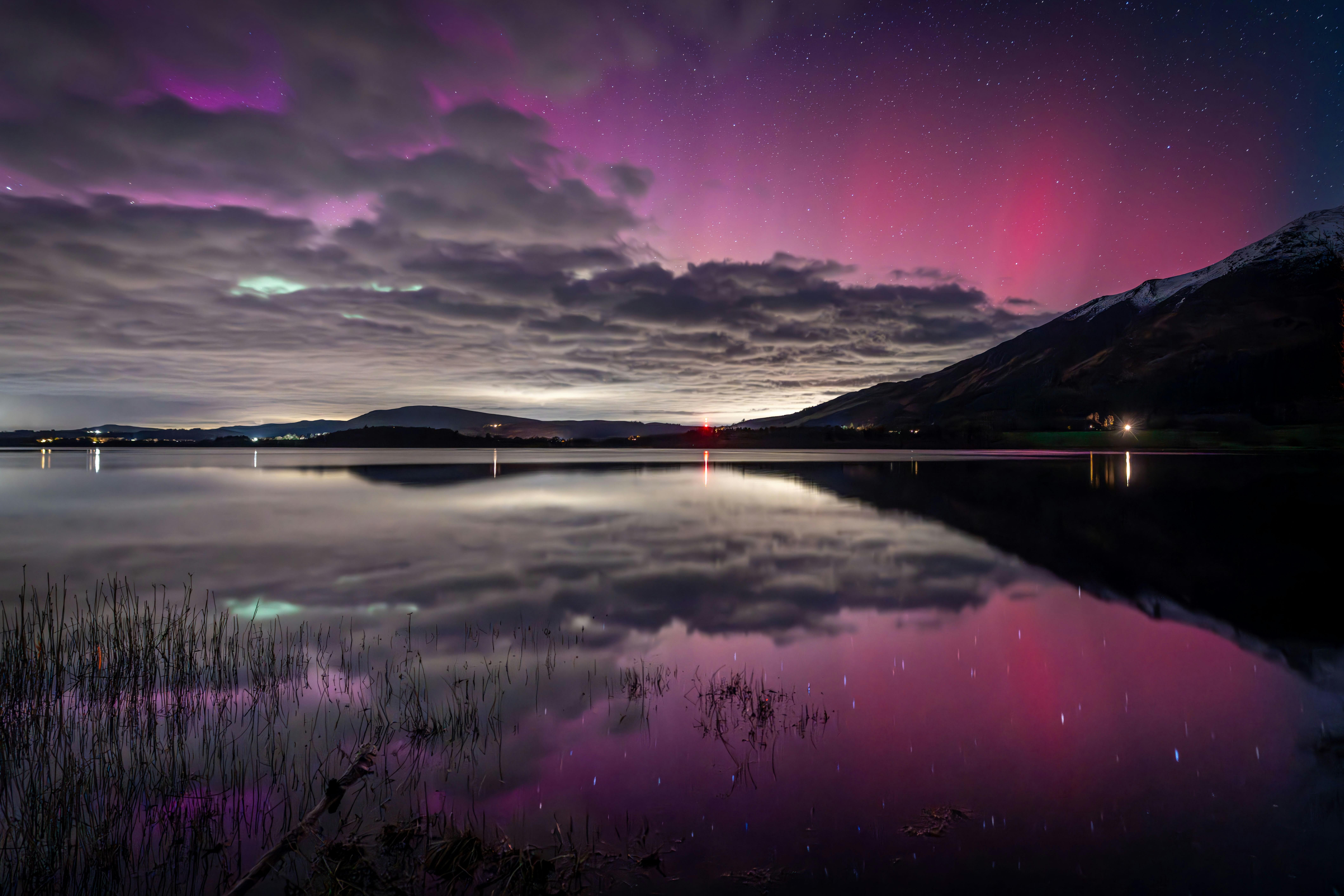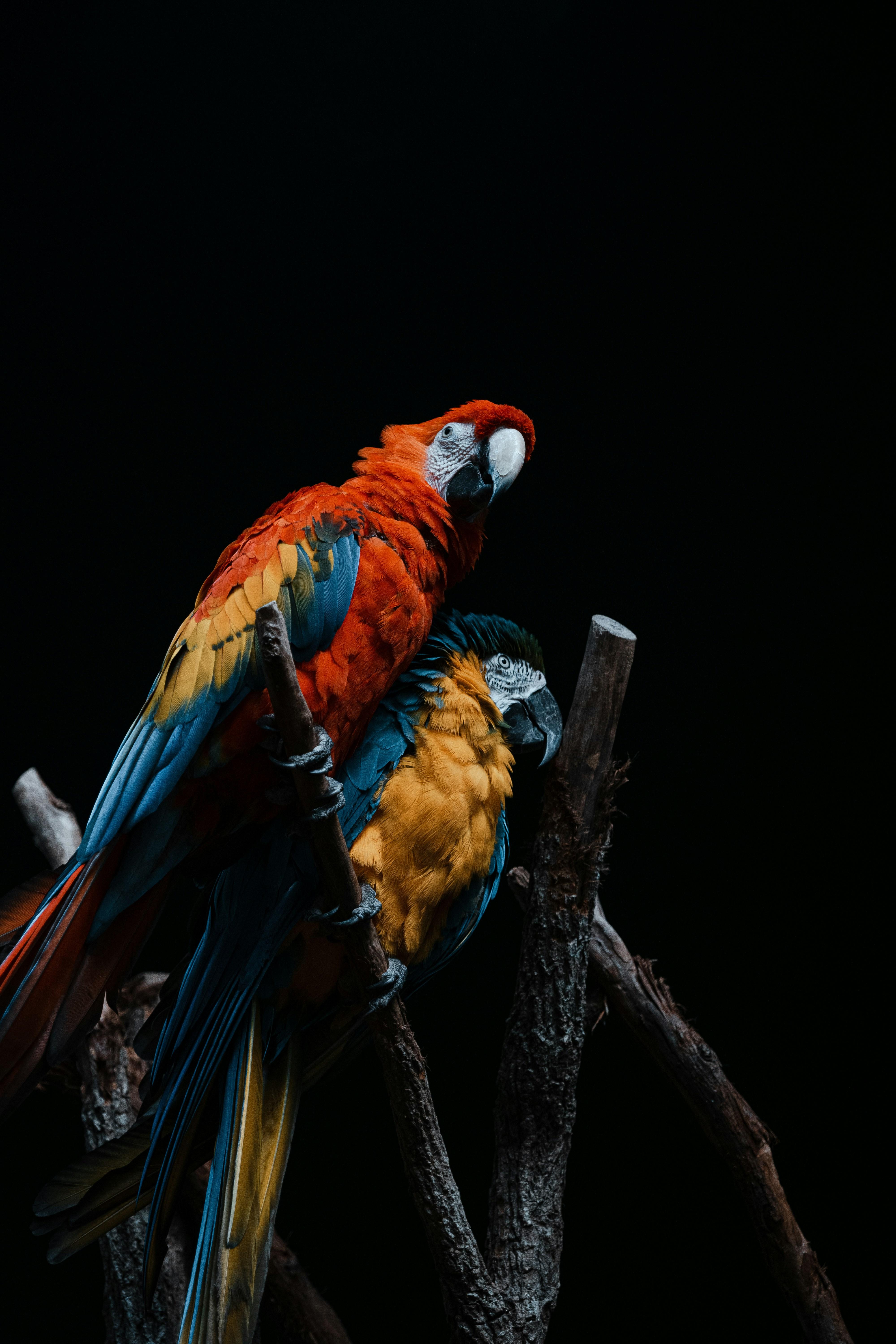In the realm of modern cinema, few directors have mastered the art of weaving historical gravitas with deeply personal narratives quite like Steve McQueen. His films serve as a powerful lens, capturing the intricate dance between past and present, collective memory and individual experience. From the haunting echoes of slavery in “12 Years a Slave” to the raw, intimate portrayals in “Shame,” McQueen’s storytelling is a masterclass in empathy and insight. This article delves into how McQueen’s unique vision and meticulous craft bring historical and personal stories to life, resonating with audiences on a profound level.
Exploring Historical Contexts Through a Modern Lens
Steve McQueen, a visionary filmmaker, deftly intertwines historical narratives with deeply personal stories, creating films that resonate on multiple levels. By leveraging a modern lens, McQueen invites audiences to engage with the past in a way that is both reflective and immediate. His works often juxtapose historical events with intimate human experiences, allowing viewers to explore the complexities of identity and memory. Films like “12 Years a Slave” and “Small Axe” not only recount significant historical moments but also emphasize the personal struggles and triumphs within those broader contexts.
- Personal Narratives: McQueen’s storytelling often focuses on individual journeys, providing a unique perspective on historical events.
- Visual Storytelling: His use of powerful imagery brings historical contexts to life, making them accessible and engaging for contemporary audiences.
- Emotional Depth: By highlighting personal stories, McQueen adds layers of emotional depth that enrich the viewer’s understanding of history.
Through his films, McQueen challenges audiences to consider how the past informs the present, encouraging a dialogue that bridges time. His approach is not merely to retell history but to breathe new life into it, offering insights that are both poignant and thought-provoking.

The Art of Personal Narratives in Cinematic Storytelling
Steve McQueen, renowned for his profound exploration of both historical and personal narratives, crafts films that resonate on a deeply human level. Through his distinct cinematic lens, McQueen transforms the screen into a canvas where individual stories intertwine with larger historical contexts. His ability to blend the intimate with the epic allows audiences to experience the full spectrum of human emotion and resilience.
McQueen’s storytelling techniques often involve:
- Visual Poetry: His use of imagery is both striking and symbolic, often speaking volumes without the need for dialogue.
- Complex Characters: By developing multi-dimensional characters, he ensures that personal stories are not only heard but felt.
- Authentic Dialogue: The conversations in his films are genuine, reflecting the true essence of the characters’ experiences.
This meticulous attention to detail and commitment to authenticity makes McQueen’s films not just a viewing experience, but a journey into the depths of personal and collective history.
Balancing Fact and Fiction: McQueens Unique Approach
Steve McQueen’s films are a masterclass in blending the authenticity of history with the richness of personal narratives. He deftly intertwines real-world events with fictional elements, creating a tapestry that resonates with both truth and imagination. This approach allows audiences to connect deeply with the material, offering a lens through which they can explore complex themes and emotions. McQueen’s work often serves as a bridge between the past and present, making historical events accessible and personal stories universally relatable.
- Immersive Storytelling: By embedding personal tales within historical contexts, McQueen captures the essence of human experience.
- Visual Authenticity: His meticulous attention to detail ensures that every scene feels genuine, whether it’s a period piece or a contemporary setting.
- Emotional Depth: Characters are crafted with layers of complexity, reflecting the intricacies of real life.
Through this unique method, McQueen not only educates but also engages, prompting viewers to reflect on the intricate dance between fact and fiction. His films become more than just stories; they are explorations of identity, resilience, and the human spirit.

Crafting Emotional Resonance with Visual Mastery
Steve McQueen’s films are a masterclass in evoking profound emotional responses through a keen visual language. His ability to interweave historical narratives with personal tales is unparalleled, crafting a cinematic experience that resonates deeply with audiences. By employing a distinctive visual style, McQueen transforms scenes into powerful storytelling devices, ensuring each frame is laden with meaning and emotion. His approach often includes:
- Striking Imagery: Every shot is meticulously composed to capture the essence of the narrative, often using symbolism to enhance the emotional weight.
- Color and Lighting: Deliberate use of color palettes and lighting schemes to evoke specific moods, drawing viewers into the emotional core of the story.
- Subtle Nuances: Attention to the smallest details, from facial expressions to background elements, that convey underlying themes and emotions.
Through these techniques, McQueen doesn’t just tell a story; he immerses the audience in it, making the historical and personal stakes palpable and immediate. His films are a testament to how visual mastery can elevate storytelling to new emotional heights.

